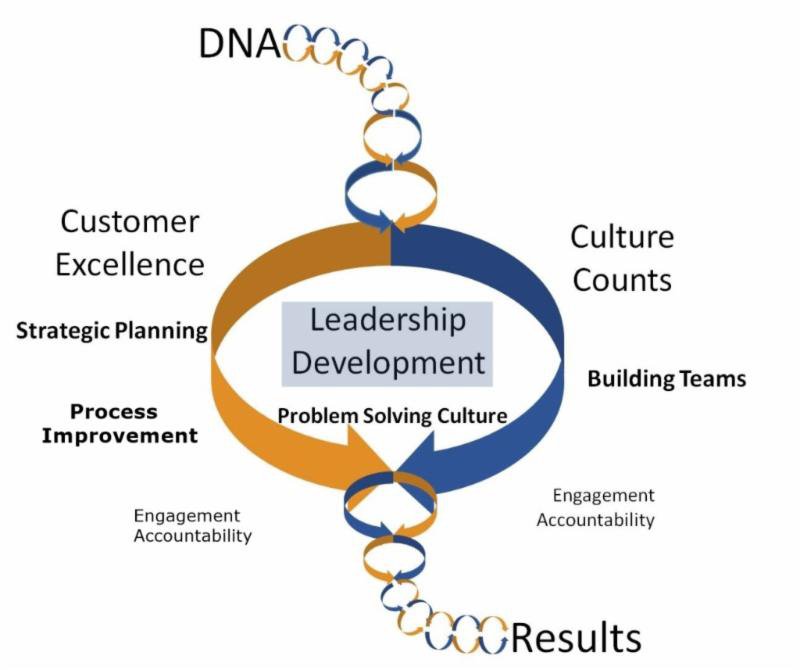“Plan A” For Growing Future Leaders: A Five Step Process
While resource constraints are one challenge most nonprofits face, the biggest obstacle to improved leadership development may be the behavior of leaders. Many nonprofit leaders (including nonprofit boards) confront the question of leadership development only when faced with a succession crisis. And by then it may be too late.
A change of thinking is needed to overcome this obstacle. Bridgespan has created Nonprofit Leadership Development: What’s Your “Plan A” for Growing Future Leaders? as a guide to help nonprofits think differently about leadership development. Plan A treats leadership development not as an ad hoc response to crisis but as a proactive and systematic investment in building a pipeline of leaders within an organization, so that when transitions are necessary, leaders at all levels are ready to answer the call.
At the heart of leadership development discipline is Plan A, a three-year road map for the future that spells out an organization’s evolving leadership needs, identifies future leaders, and details activities to strengthen their leadership muscle. While the future itself may not unfold exactly as expected, having a plan allows the organization to develop leaders more intentionally and effectively. Plan A is created and executed through five linked processes.
1. Engaging senior leaders. To build leaders for the long term, the chief executive must serve as the de facto chief talent officer. She signals the importance of leadership development, sets expectations for her team, and puts the process in motion by first developing the people who report directly to her and then asking them to do the same for their teams. By holding herself and other accountable for results, she communicates her commitment to the rest of the organization.
2. Mapping out a vision of the future leadership team. A systematic development effort starts with an understanding of the future leadership capabilities required to achieve the organization’s strategy. Only with such an understanding can senior leaders assess the potential of future leaders to meet emerging needs, and put in place the plans to develop required competencies in high-potential leadership candidates.
3. Developing future leaders. Leaders develop primarily through well-designed on-the-job experiences. Research has shown that the most effective leadership development involved 70 percent on-the-job learning, 20 percent help from coaches and mentors, and 10 percent formal training. While many nonprofits offer their staff members “stretch” opportunities, the most successful groups are systematic about doing so, consciously building the right skills in the right people over time.
4. Seeking new talent to fill gaps. Even the best-prepared organization can’t always fulfill its Plan A through internal promotions alone. But hiring new leaders who fit your needs is just the first step. Making sure that the first few months on the job are carefully planned so new leaders can succeed is crucial.
5. Monitoring and improving the process of developing leaders. Successful nonprofits gather data to ensure that they are doing what they set out to do, making progress toward their Plan A goals, and continuously adjusting their approaches to incorporate lessons they learn assessing what has worked and not worked.
Source: Bridgespan.org, Download the PDF






